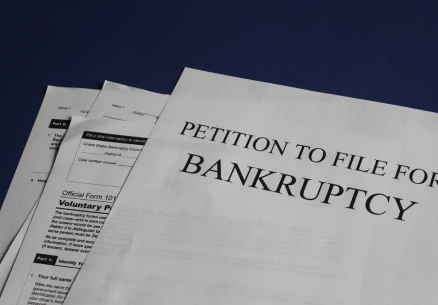According to government reports, almost one-third of the adults in the U.S. take five or more medications. That’s a lot of medicine.
Indeed, we’re taking more medicine than ever before, yet sometimes the cure can be as problematic as the underlying sickness or condition. Adverse drug events (“ADEs”) – defined as harm experienced by a patient as a result of exposure to a medication – cause some 700,000 emergency department visits and 100,000 hospitalizations each year. Experts estimate that about half the ADEs are preventable.
There Are Several Types of Pharmacy Error
In some instances, for example, the ADE is the result of pharmacy error – the pharmacist misinterprets the physician’s instructions, or dispenses the wrong medication, or dispenses the correct medication, but the wrong dosage. Under Wisconsin law (and the law of all other states), a pharmacist can be held liable for malpractice, just like any other professional. The pharmacist can’t always hide behind the statement, “I was just following orders.” What must a person prove in order to recover damages for a pharmacist’s negligence?
Four Primary Elements of Proof
Ordinarily, in order to recover money damages from a pharmacist, based on a claim of professional malpractice (negligence), one must establish four elements:
-
- Duty: As with any malpractice case, the complaining party must establish that the pharmacist had a duty to exercise care. This element is usually easy to show; once you give a prescription to a pharmacist to fill, he or she must utilize reasonable care.
-
- Breach of that duty: In some situations, showing the breach may be easy to establish. For example, if the physician wrote the script for one medication and the pharmacist dispensed a different one, the breach would be quite apparent. Likewise, if the pharmacist incorrectly calibrated the dosage of the correct medication, there would be a breach. With this element, the pharmacist often claims, “I filled what the doctor wrote.” If the pharmacist indeed gave you the medicine and dosage requested by the doctor, the pharmacist may be off the hook. But, for example, if the pharmacist should have recognized a conflict with other medications taken by the patient, the pharmacist cannot rely upon the doctor’s orders. Of course, the pharmacist has to know what other medications are being taken. If you fill your prescriptions at the same store or chain of stores, the computer system will show all your medications.
-
- Medical causation: With this element, the complaining party must show that the pharmacist’s breach of duty caused actual harm. Here it isn’t enough to show harm; the pharmacist’s actions (or omissions) must have caused the harm. Ordinarily, expert testimony must be presented to show such harm. There is no presumption that harm occurred.
-
- Damages: This element is sometimes misunderstood by those who have been “wronged.” It is closely linked with medical causation. The legal system doesn’t so much compensate parties because of the mistakes made by others; it compensates them for the damages caused by those mistakes. If the wrong medication was dispensed, but it caused no medical harm to the patient, there can generally be no recovery.
Milwaukee Professional Negligence Litigation Attorneys
Establishing, or alternatively, defending a pharmacist malpractice claim involves a number of complex legal issues. Legal counsel must be able to work with experts in the medical and pharmacy fields. They must have significant experience in the courtroom; if the other party thinks your attorney always settles, you will never receive the full measure of your damages. Have you suffered an adverse drug event? If you are a pharmacist, have someone claimed that your negligence caused them damage? If so, contact the Milwaukee business litigation firm of Kerkman & Dunn We have over 50 years of combined legal experience representing parties in all sorts of litigation in Wisconsin. Our firm has big firm talent and provides small firm attention. Call us at 414-278-7000 or complete our online contact form.


